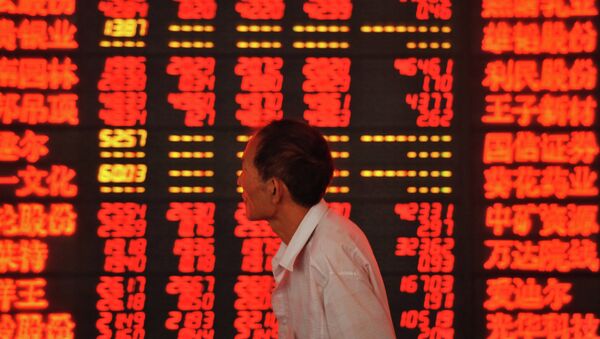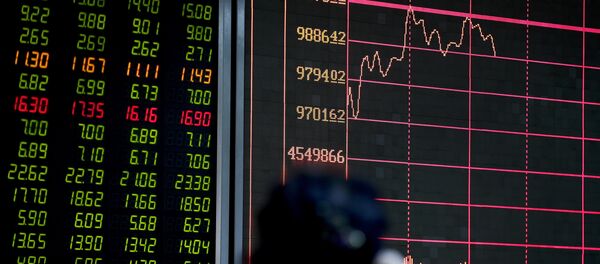"Financial market commentators aren’t much calmer than the press. Market volatility is their bread-and-butter, so they aren’t going to miss any opportunity to get some self-publicity by shouting that the sky is falling in," Grenville pointed out.
Grenville said that the behavior of China's stock market is not a great indication of the state of the Chinese economy as a whole, which is currently going through an important transition to become more based on services.
"In any case the stock-market has only a tenuous relationship with the Chinese real economy," wrote Grenville, drawing attention to the fact that only six percent of Chinese have any direct holdings in the stock market.
"All that can sensibly be said is that after the market rose 150% in the year to mid-2015, it was very likely to fall back subsequently, which it did."
In the article, published on the Interpreter blog, Grenville noted three economic concerns that "reflect the extraordinary transition China is going through"; these are the financial sector, the rate of GDP growth, and the exchange rate.
"Judging by the near-universal experience elsewhere, the path of financial deregulation is intrinsically crisis-prone. The financial sector expands into unexplored territory with embryonic institutions and inexperienced people."
"Simply saying that debt has grown a lot tells us nothing useful about the risks involved: growth of debt is the core metric of financial deepening, so a substantial increase at this stage of China’s development is not just normal, but desirable. But borrowers and lenders can make mistakes."
Grenville's comments echoed those of Nicholas R. Lardy from the Peterson Institute for International Economics, who blogged immediately following the January 4 slump that "global markets overreact once again."
"The catalyst, once again, was investors’ focus on China’s waning manufacturing sector, which showed another month of softer activity. That focus continues to suffer from myopia," wrote Lardy.
"In the latest selloff, market commentators reacted to the fifth consecutive monthly reading of less than 50 for the manufacturing in the Purchasing Managers’ Index (PMI) published by the National Bureau of Statistics and a similarly below 50 reading from Caixin, signaling slowing growth, but ignored the 54.4 point reading for services in the NSB index, the highest since October 2014."
"The manufacturing PMI didn’t tell us anything that was not already readily apparent—that actual manufacturing growth has slowed in 18 out of the last 19 quarters. In short, markets overreacted to what in effect was very old news."






